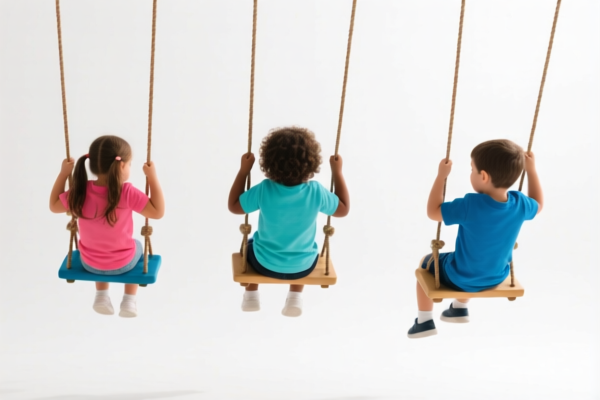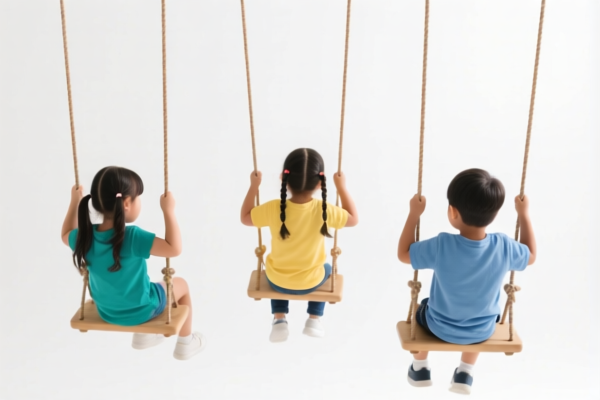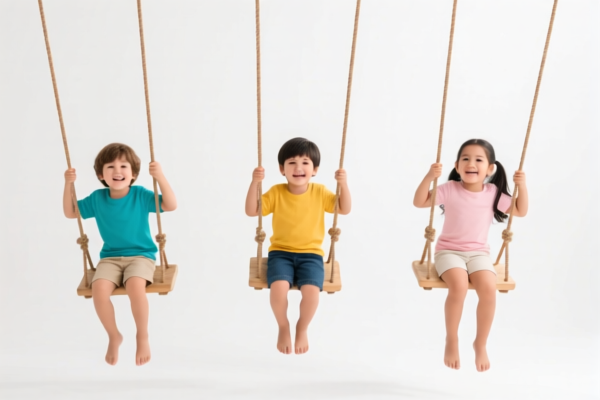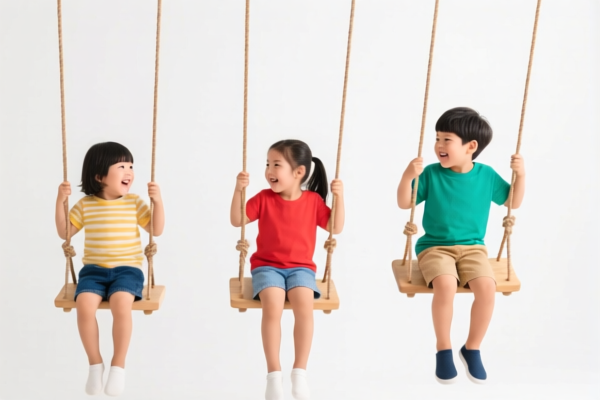| HS Code | Official Doc | Tariff Rate | Origin | Destination | Effective Date |
|---|---|---|---|---|---|
| 7117196000 | Doc | 37.5% | CN | US | 2025-05-12 |
| 7117904500 | Doc | 30.0% | CN | US | 2025-05-12 |
| 9503000071 | Doc | 30.0% | CN | US | 2025-05-12 |
| 9503000073 | Doc | 30.0% | CN | US | 2025-05-12 |




Children's Rings
Children's rings are decorative ornaments worn on the fingers, specifically designed and marketed for children. They differ from adult rings in terms of materials, safety considerations, and design.
Materials
Due to safety concerns and children’s tendency to put objects in their mouths, children’s rings are typically made from:
- Stainless Steel: A common choice due to its hypoallergenic properties and durability. Surgical grade stainless steel is preferred.
- Sterling Silver: Another hypoallergenic option, though softer than stainless steel and more prone to scratching. Often used for special occasion rings.
- Plastic: Lightweight and inexpensive, often used for costume or play rings. Quality varies significantly, and potential for breakage and small parts is a concern.
- Titanium: Lightweight, strong, and hypoallergenic, but generally more expensive.
- Gold (Lower Karat): While gold is desirable, lower karat gold (10k or 14k) is more common to reduce cost and increase durability. Higher karat gold is too soft for everyday children’s wear.
- Silicone: Flexible, safe, and often used for teething rings or rings intended for very young children.
Purpose & Function
- Fashion/Aesthetic: Primarily worn for decorative purposes, allowing children to express their style.
- Symbolic: Can be given as gifts for birthdays, holidays, or achievements.
- Reward: Used as a small reward for good behavior or milestones.
- Play: Costume rings are used for imaginative play.
Usage Scenarios
- Everyday Wear: Durable rings (stainless steel, titanium) can be worn daily.
- Special Occasions: Sterling silver or gold rings may be worn for parties, holidays, or photo shoots.
- Playtime: Plastic rings are used during dress-up or role-playing.
- Teething: Silicone rings can be used as a safe chewing alternative for babies.
Common Types
- Plain Bands: Simple, unadorned rings, often stainless steel.
- Character Rings: Rings featuring popular cartoon characters, animals, or superheroes.
- Charm Rings: Rings with small charms attached, often plastic or metal.
- Adjustable Rings: Designed to fit growing fingers, typically made of softer metals.
- Promise Rings (for children): Symbolic rings exchanged between friends.
- Birthstone Rings: Rings featuring a gemstone representing a child’s birth month.
- Stackable Rings: Multiple rings designed to be worn together.
- Teething Rings: Specifically designed with textured surfaces for babies to chew on.
Safety Considerations
- Size: Rings should fit snugly but not be too tight, to avoid restricting blood flow.
- Small Parts: Avoid rings with small stones or charms that could detach and become choking hazards.
- Lead & Nickel Content: Ensure rings are lead-free and nickel-free, especially for children with allergies.
- Durability: Rings should be durable enough to withstand everyday wear and tear.
- Supervision: Young children should be supervised while wearing rings to prevent accidental swallowing or injury.
Children’s rings fall under the category of imitation jewelry, specifically toy jewelry. Here are the relevant HS codes based on the provided information:
-
7117196000: This HS code covers imitation jewelry of base metal, whether or not plated with precious metal, categorized as “Other: Other: Toy jewelry valued not over 8 cents per piece”. This applies to childrens rings with a value not exceeding 8 cents per piece.
- 71: Chapter 71 refers to articles of precious or semi-precious stones, precious metals, imitation jewelry, coins, etc.
- 17: Heading 7117 specifically covers imitation jewelry.
- 19: Subheading 711719 covers other imitation jewelry.
- 60: Further specifies toy jewelry valued not over 8 cents per piece.
-
7117904500: This HS code covers imitation jewelry categorized as “Other: Other: Valued not over 20 cents per dozen pieces or parts: Toy jewelry (except parts)”. This applies to childrens rings valued not over 20 cents per dozen pieces.
- 71: Chapter 71 refers to articles of precious or semi-precious stones, precious metals, imitation jewelry, coins, etc.
- 17: Heading 7117 specifically covers imitation jewelry.
- 90: Subheading 711790 covers other imitation jewelry.
- 45: Further specifies toy jewelry (except parts) valued not over 20 cents per dozen pieces.
It is important to determine the value of the rings – either per piece or per dozen – to correctly classify them under either 7117196000 or 7117904500.
Regarding these HS codes, please note that the applicable tax rate is currently 37.5% for 7117196000 (0.0% base tariff, 7.5% additional tariff, and 30% additional tariff after April 2, 2025) and 30.0% for 7117904500 (0.0% base tariff, 0.0% additional tariff, and 30% additional tariff after April 2, 2025).
Customer Reviews
No reviews yet.